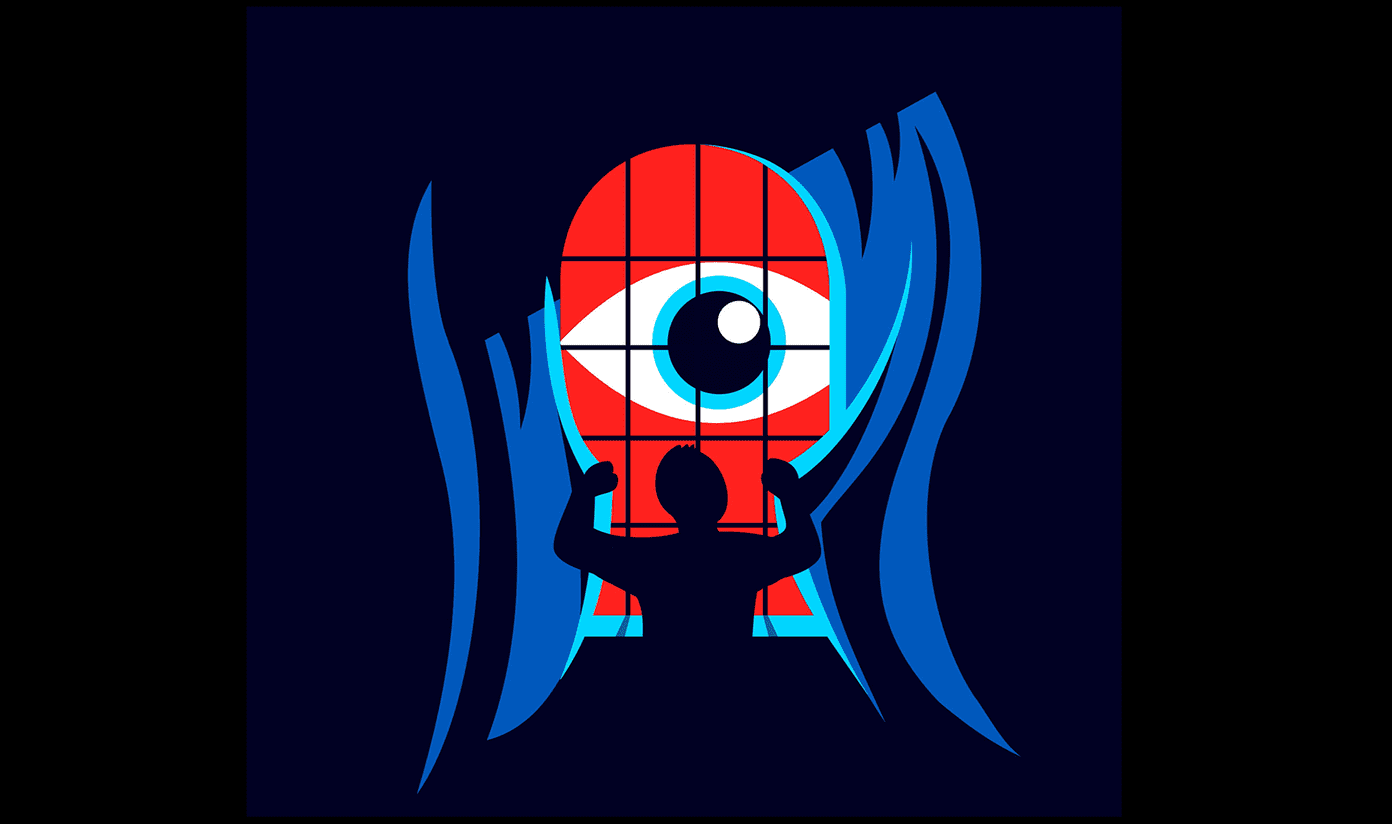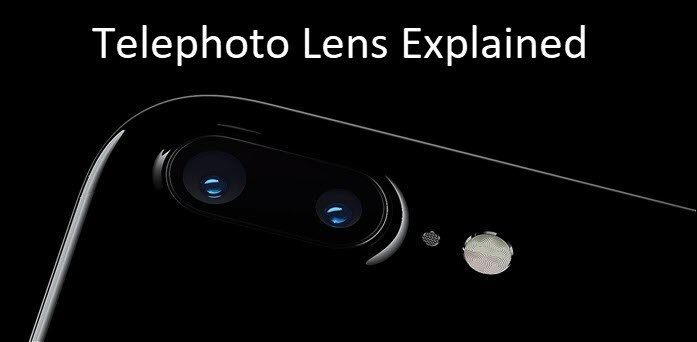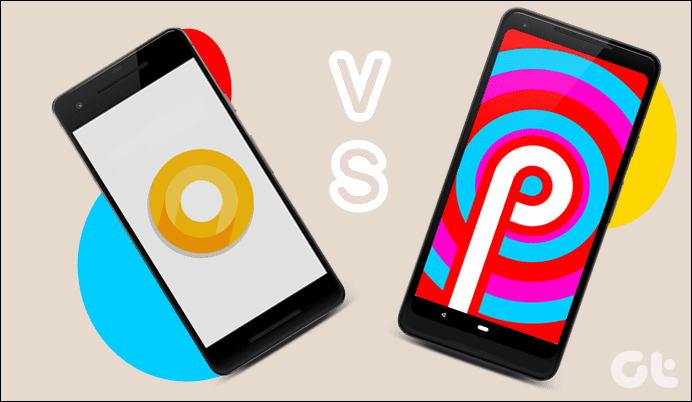Smartphones can now charge quicker than ever, thanks to the different charging techniques that makes it possible. However, recently, OnePlus unveiled a new charging technique which is capable of charging the phone from 0-60% in just 30 mins. Quite impressive I’d say and today we are going to see how Dash Charging works and if it’s better than Qualcomm’s Quick Charge technology.
Dash Charge and Qualcomm Quick Charge: Same, Yet Different.
While I tell you how Dash Charging works, let me also explain how it’s different from Qualcomm Quick Charge for an easier understanding. All smartphones these days use Lithium-ion battery and they can be charged quickly when they are completely discharged or in low charge state. Later, when the battery is charged to around 60 to 70%, which is called the saturation point, the charge is slowed to keep the battery safe. Both, Dash Charging and Quick Charge work on the same principle, but still, there’s a little difference in their operation. So while Qualcomm Quick Charge uses high voltage (5V/2A, 9V/2A, 12V/1.67A) to quickly charge the device, Dash Charger uses high current (5V/4A) to deliver it. So, how is the high voltage and charge delivered? Well, we will talk about it in the next section.
Keep Calm and Take Take All that Power
Now we know that it’s either the high voltage or the current that feeds the Lithium-ion battery, but it’s not done directly. Things need to be controlled or it would damage the phone and might even cause the phone to explode. While Qualcomm uses a special circuit present in the phone to manage the voltage flow, Dash Charger has the controlling circuitry in the wall charger itself. That’s the reason phones heat up significantly in Quick Charging when compared to Dash Charging. The latter keeps the phone cool and you can even watch a video and play games. As all the load is taken up by the wall charger, Dash Charger is relatively safer when compared to Qualcomm Quick Charge.
Comparing the Charge Time
When we compared the charging time of Dash Charging on the OnePlus 3 with the Qualcomm Quick Charge 3.0 on Xiaomi Mi 5, the results were quite shocking. Here’s a chart of charging time comparison we performed in our office. The first 60% were too quick on the Dash Charging and it was approximately double of Quick Charge’s effort. However after 80%, Dash Charging reduced, and Quick Charge started gaining up. But still, the OP3 Dash Charge reached 100% in just 72 minutes, while QC 3.0 was still at 87%. Also, the temperature of the OnePlus 3 was nominal at 32 degrees Celsius room temperature, while the Mi 5 was a bit hot at 38 degree Celsius.
Chargers and Cables: They Matter a Lot
There are a lot of Quick Charge certified chargers that can be used to charge your phone. There’s an entire list of Quick Charge compatible phones and adapters that provided by Qualcomm. Also, it’s connector independent and therefore no need to stick to the stock wire for things to work. In OnePlus 3 however, a user needs both the supplied cable and charger in order to use Dash Charge. There’s also a car charger which can be bought for $30, but still, you would need the stock charging cable. Any other USB type-C cable would not work as they won’t be compatible with the high current that’s supplied to the device.
So Which One Do Your Like More?
I have used both, Quick Charge 3.0 on the Mi 5 and Dash Charging on OnePlus 3, and put my chips on the OnePlus 3 when it comes to overall experience. The former was also able to deliver fast charging, but then it was not as quick as Dash Charging and also heated up the phone significantly. The only thing about the Dash Charger is that one would also need to carry the proprietary cable for the technology to work, but it also safeguards the battery, in my personal opinion. What do you have to comment on this? ALSO READ: Why a Phone Battery Might Explode: A Deeper Look The above article may contain affiliate links which help support Guiding Tech. However, it does not affect our editorial integrity. The content remains unbiased and authentic.












